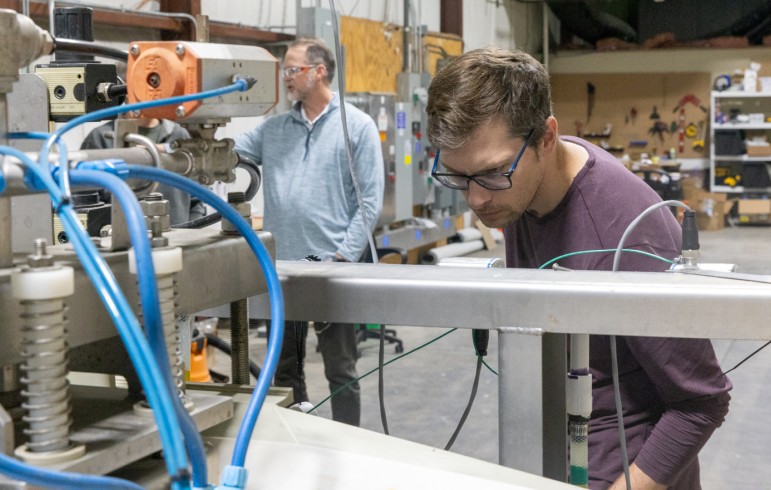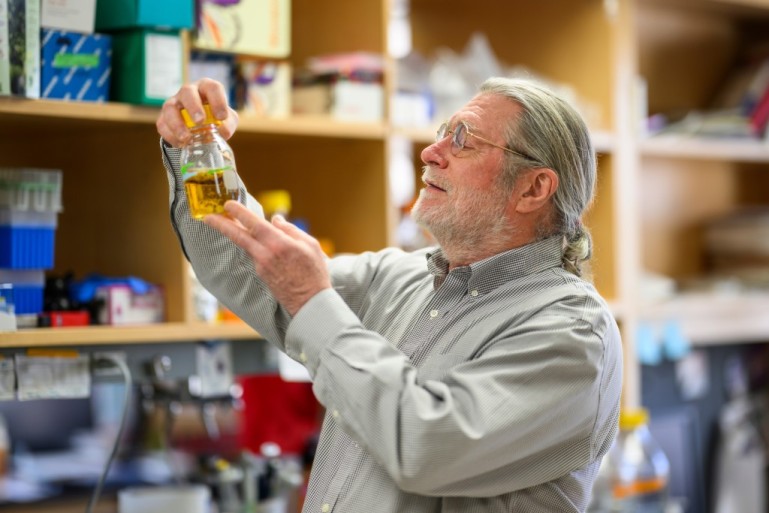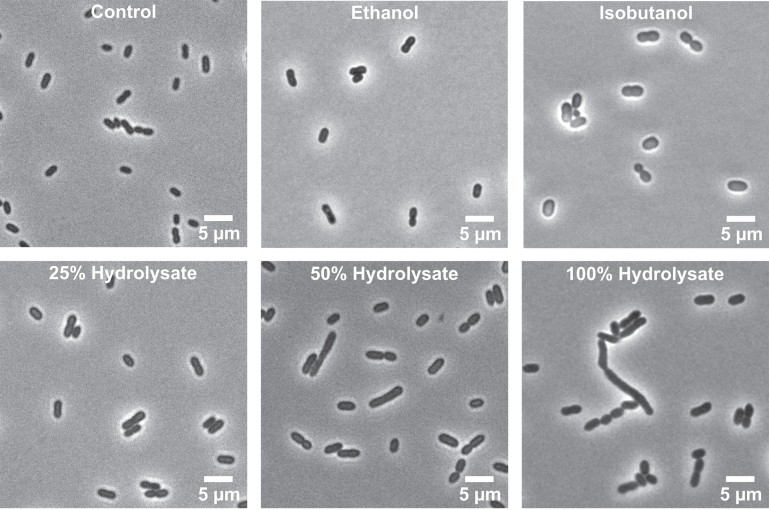Hydrogen could be the ideal fuel: Whether used to make electricity in a fuel cell or burned to make heat, the only byproduct is water; there is no climate-altering carbon dioxide.
Like gasoline, hydrogen could also be used to store energy.
Ronald Raines, Henry Lardy Professor of Biochemistry, Linus Pauling Professor of Chemical Biology, and professor of chemistry, was awarded the Ralph F.
The Center for Sustainable Nanotechnology, a multi-institutional research center based at the University of Wisconsin-Madison, has inked a new contract with the National Science Foundation (NSF) that will provide nearly $20 million in support over the next five years.
For more than 100 years, the electric utility business model has looked the same – one private, centralized source providing all of its customers’ energy needs.
The 15 teachers attending the Energy Institute for Educators this week may have come from different directions, from Salem or Green Bay, Medford or Mosinee, but they’re all heading home to the same challenge: engaging their students in the contemporary science of energy.
Susan Hedman, a three-time graduate of the University of Wisconsin–Madison and current Regional Administrator of the U.S.
Graphene, an atom-thick material with extraordinary properties, is a promising candidate for the next generation of dramatically faster, more energy-efficient electronics.



